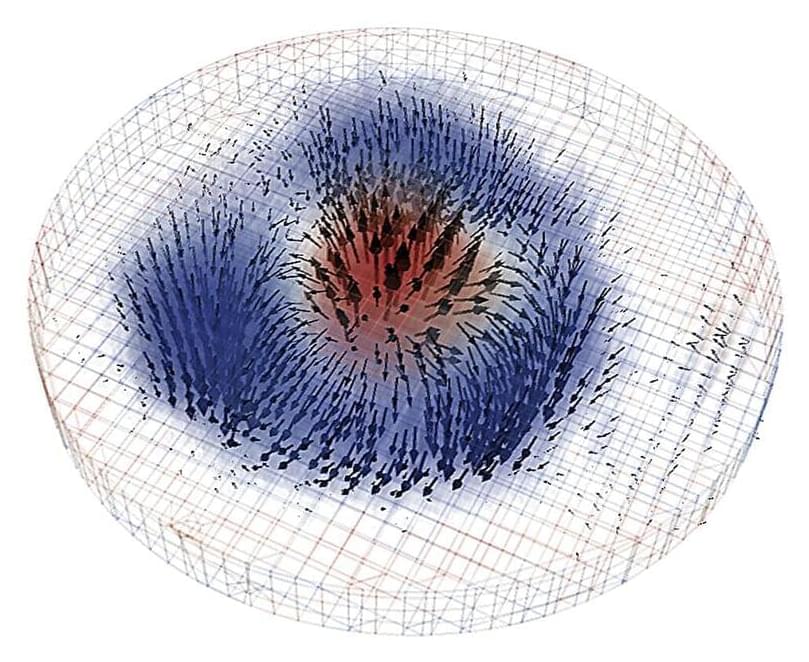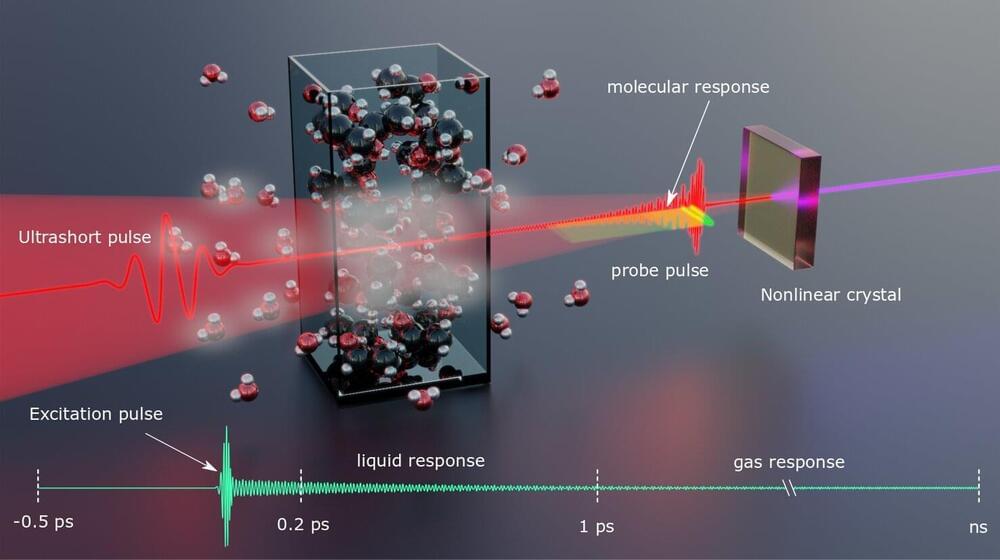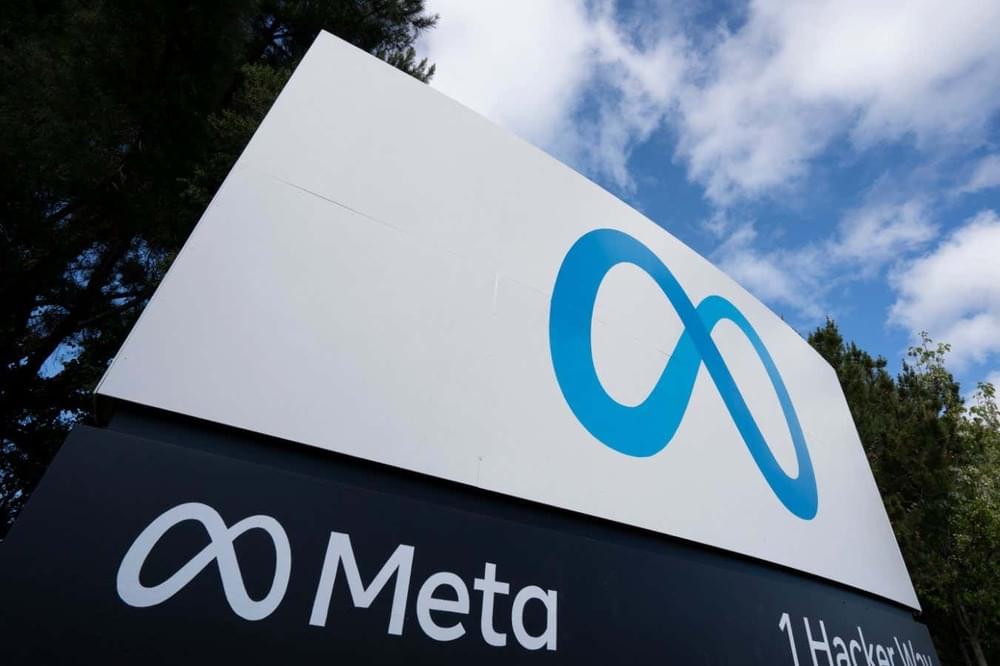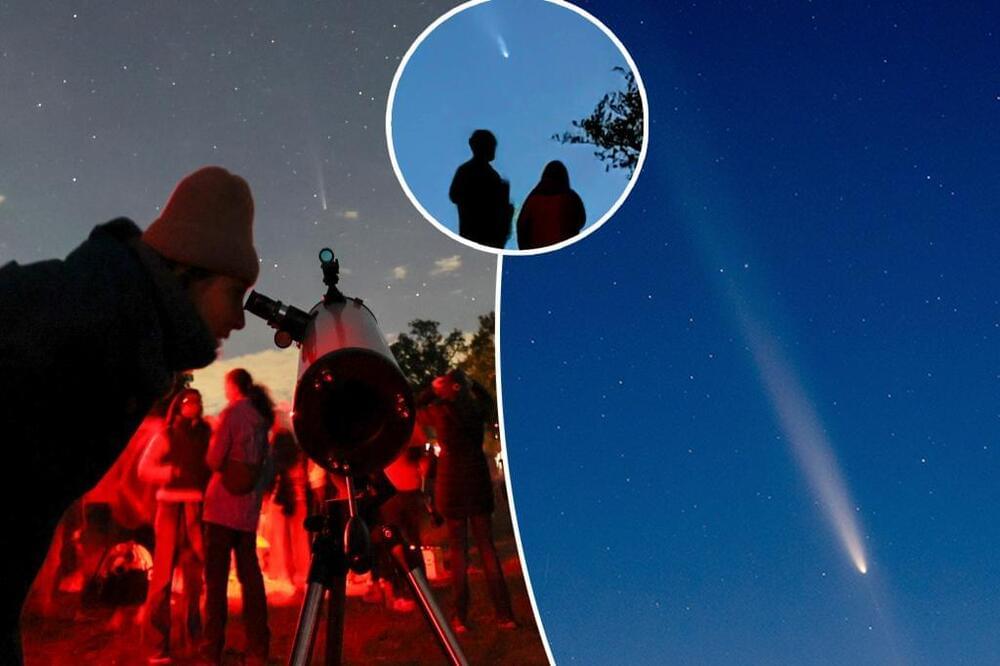A difficult-to-describe nanoscale object called the magnetic skyrmion might one day yield new microelectronic devices that can do much more—for example, massive data storage—all while consuming much less power.



In an advance that could revolutionize biomarker detection, researchers at the Max Planck Institute for the Science of Light have developed a novel technique called femtosecond fieldoscopy. This method enables the precise measurement of minute liquid quantities, down to the micromolar level, with unmatched sensitivity in the near-infrared region.
“There’s way more piloting that I’ve seen, especially in large law firms. So, there’s been a lot of expense, especially the allocating of staff and paying out of pocket for licensing fees,” Friedmann said.
“Part is keeping up with the Joneses, part of it is marketing, and part of it is just getting over the adoption challenges,” he continued. “In eDiscovery, before the advent of genAI, you needed some training to know how to interact with discovery database. There were a lot of tools, but they all had the same issue: You had to be pretty technically adept to tackle the database yourself.”
Law firms and corporate legal departments are adopting genAI for a myriad of purposes, ranging from document discovery and analysis to contract lifecycle management. GenAI can be used to categorize and summarize documents, draft new ones, and generate client communications.

A type of mathematical problem that was previously impossible to solve can now be successfully analysed with artificial intelligence.

The name of the conference will be lifeboat foundation conference for polymaths futuristics and visionaries.
The place will be this hotel.
https://maps.app.goo.gl/sdG14SRcrJEJGYGH6
With nice accommodation equipped with fitness swimming pool sauna Jacuzzi and restaurant.
Please help me organise it…
Dear All Polymaths I will arrange the conference for polymaths like all of you.

The great George Church takes us through the revolutionary journey of DNA sequencing from his early groundbreaking work to the latest advancements. He discusses the evolution of sequencing methods, including molecular multiplexing, and their implications for understanding and combating aging.
We talk about the rise of biotech startups, potential future directions in genome sequencing, the role of precise gene therapies, the ongoing integration of nanotechnology and biology, the potential of biological engineering in accelerating evolution, transhumanism, the Human Genome Project, and the importance of intellectual property in biotechnology.
The episode concludes with reflections on future technologies, the importance of academia in fostering innovation, and the need for scalable developments in biotech.
00:00 Introduction to Longevity and DNA Sequencing.
01:43 George Church’s Early Work in Genomic Sequencing.
02:38 Innovations in DNA Sequencing.
03:15 The Evolution of Sequencing Methods.
07:41 Longevity and Aging Reversal.
12:12 Biotech Startups and Commercial Endeavors.
17:38 Future Directions in Genome Sequencing.
28:10 Humanity’s Role and Transhumanism.
37:23 Exploring the Connectome and Neural Networks.
38:29 The Mystery of Life: From Atoms to Living Systems.
39:35 Accelerating Evolution and Biological Engineering.
41:37 Merging Nanotechnology and Biology.
45:00 The Future of Biotech and Young Innovators.
47:16 The Human Genome Project: Successes and Shortcomings.
01:01:10 Intellectual Property in Biotechnology.
01:06:30 Future Technologies and Final Thoughts.

The magnitude of the SpaceX Starship prototype.
Video Credit: Nik Cooper.
#starship #engineering #technology #space #rockets.
Stay ahead of the curve!
Follow more cutting-edge space technology content, including research, reports and articles on Wevolver: https://
Simulations at Caltech model a new way for autonomous spacecraft to avoid collisions. This technology holds promise for autonomous vehicles on Earth as well as in space.

Talk about a Halloween treat.
A recently discovered comet will be blazing by the Earth in broad daylight just in time for Halloween, astronomers say.
Comet C/2024 S1, first found at the end of September, will pass around the Earth on Oct. 24, according to planetary astronomer James Wray of the Georgia Institute of Technology, who advises to “look low in the eastern sky just before sunrise.”

Researchers have discovered the Neptunian Ridge, a region packed with planets, located between the Neptunian Desert and Savannah. This finding sheds light on how planets migrate and evolve in different environments.
A new ‘map’ of distant planets has been unveiled by scientists from The University of Warwick, which finds a ridge of planets in deep space, separating a desert of planets from a more populated savannah.
Researchers from Warwick and other universities examined Neptunian exoplanets – these planets share similar characteristics to our own Neptune, but orbit outside of our solar system.